Making tough decisions can be daunting, and it’s natural to feel a sense of fear or uncertainty when faced with them. However, mastering the art of decision-making is crucial for personal and professional growth. In this blog, we’ll explore the fear of making decisions and delve into essential concepts that can help you navigate these challenging moments.
The Fear of Making Decisions
Fear is a powerful emotion that can paralyze us when it comes to making decisions. The fear of making the wrong choice, the fear of disappointing others, and the fear of change are just a few of the many fears that can cloud our judgment. When fear takes hold, it can be challenging to think clearly and rationally. However, there are strategies to overcome this fear and make tough decisions with confidence.
1. All Decision Making Should Be Done in Writing
One effective way to combat the fear of making decisions is to bring the process out of your mind and onto paper. When you try to make decisions solely in your head, you engage in what psychologists call “looping.” Your thoughts go in circles, and the information overload can become overwhelming. Writing down your decision-making process not only helps you organize your thoughts but also provides a visual representation of your options and considerations.
When you see your thoughts on paper, something magical happens. The complexity that once seemed insurmountable in your mind often becomes more manageable and simplified on paper. This process helps you identify patterns, weigh pros and cons, and gain clarity on your choices. Writing down your decisions is essential for making tough decisions because it allows you to quiet the noise in your head and focus your energy where it matters most.
2. Be Clear About What You Want
Clarity is a cornerstone of effective decision-making. Before you can make a tough decision, you must be clear about what you want and why you want it. Your goals and your purpose are guiding lights in the decision-making process. When you know your desired outcome and understand the underlying purpose, the complexity of the decision often diminishes.
3. Decisions Are Made on Probability
It’s important to recognize that all decisions are made based on probabilities, not certainties. Life is inherently uncertain, and there will never be absolute assurance that a decision will lead to the desired outcome. Decision-making involves taking inventory of the information available, analyzing the potential outcomes, and making the best choice possible given the circumstances.
Once you’ve made a decision, it’s essential to commit to it wholeheartedly and adopt the mindset that it will work out. This doesn’t mean you should ignore the possibility of setbacks or failure; instead, it means believing in your ability to adapt and pivot if things don’t go as planned. Embracing the idea that you can adjust your course as needed can reduce the fear associated with making tough decisions.
4. Communication
Effective communication is a linchpin in making tough decisions. When you know what you want (your outcome) and your why (your purpose), decision-making becomes simplified. It allows you to communicate your intentions clearly, not only to yourself but also to those affected by your decisions.
Whether it’s discussing a major project with your team, negotiating a business deal, or addressing a personal matter, clear and concise communication is key. Avoid ambiguity and use visuals if necessary to convey your message. Visual aids can be powerful tools for ensuring that everyone involved understands the decision and its implications.
5. Mitigating Actions
Every decision comes with risks and potential downsides. To make tough decisions with confidence, it’s essential to find ways to eliminate or reduce these downsides. This involves careful planning and proactive risk management.
Consider a decision to invest in a new business venture. You can mitigate the risks by conducting thorough market research, creating a detailed business plan, and securing sufficient financial resources. By addressing potential pitfalls and having a proactive plan of action in place, you increase your chances of success and reduce the fear associated with making such a significant decision.
6. Addressing the Fear of Making Decisions
One of the most pervasive fears in decision-making is the fear that things won’t work out as planned. It’s essential to acknowledge this fear and understand that it’s a natural part of the process. The truth is, there will never be absolute certainty surrounding any decision. Life is dynamic, and unforeseen challenges are inevitable.
To overcome the fear of things not going as planned, it’s helpful to adopt a growth mindset. This means viewing challenges and setbacks as opportunities for learning and growth rather than as failures. When you embrace the idea that you can adapt and pivot in response to changing circumstances, you become more resilient and less fearful of making tough decisions.
Conclusion
Remember that all decision making should be done in writing to bring clarity and organization to your thoughts. Be clear about your goals and purpose to simplify complex decisions. Understand that decisions are made on probabilities, and commit to your choices while remaining adaptable. Effective communication is key, and mitigating actions can help reduce the downsides of your decisions. Finally, acknowledge and address the fear of making decisions by knowing you have made a decision based on the facts available at the time.
In the end, making tough decisions is not about avoiding fear but about mastering it. It’s about embracing the uncertainty of life and having the courage to move forward despite it. By incorporating these concepts into your decision-making process, you can become a more confident and effective decision-maker, empowering yourself to achieve your goals and live a fulfilling life.


